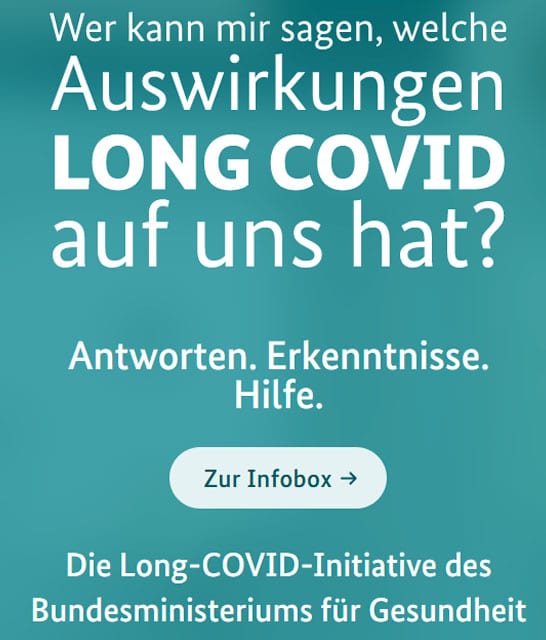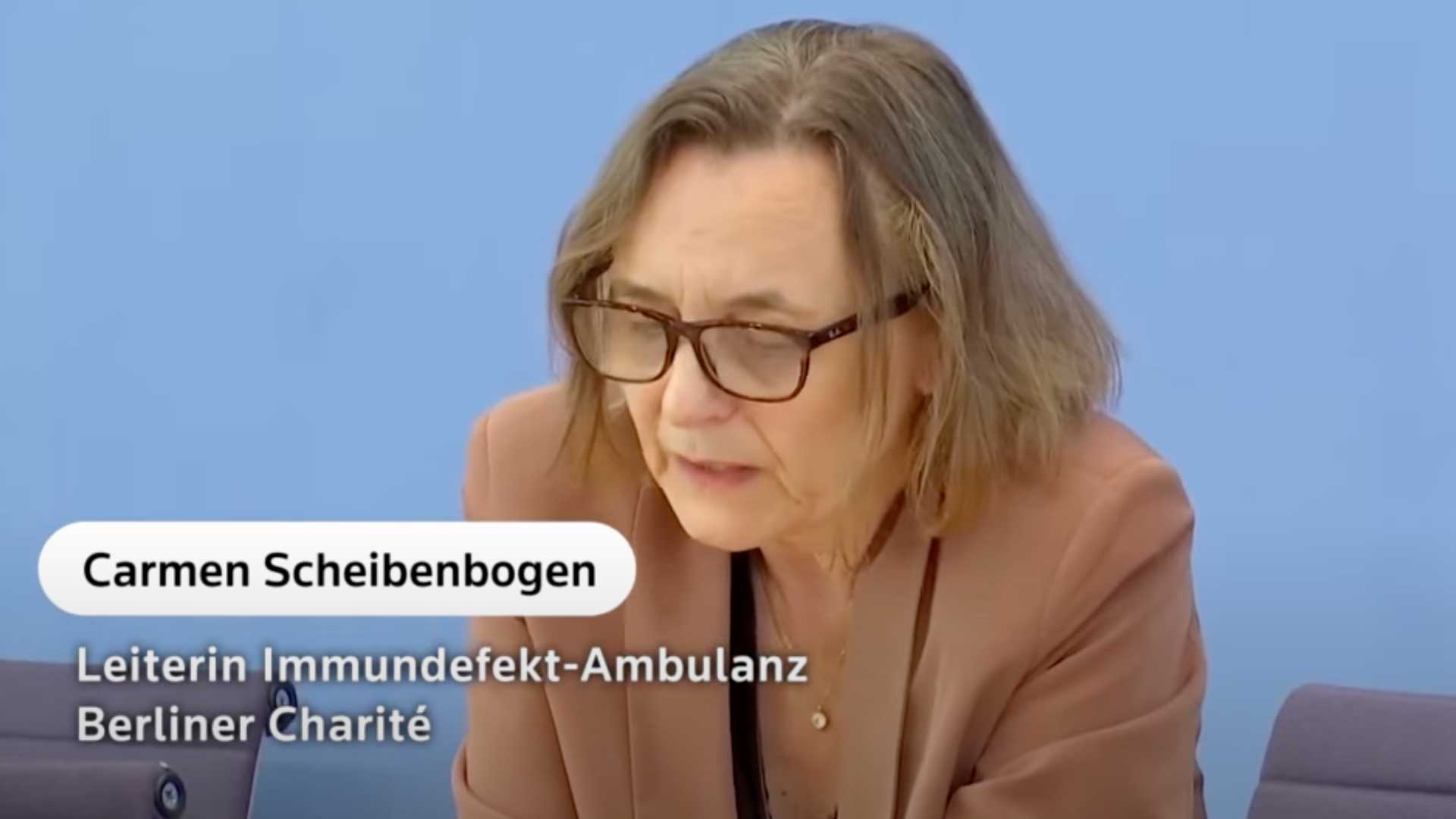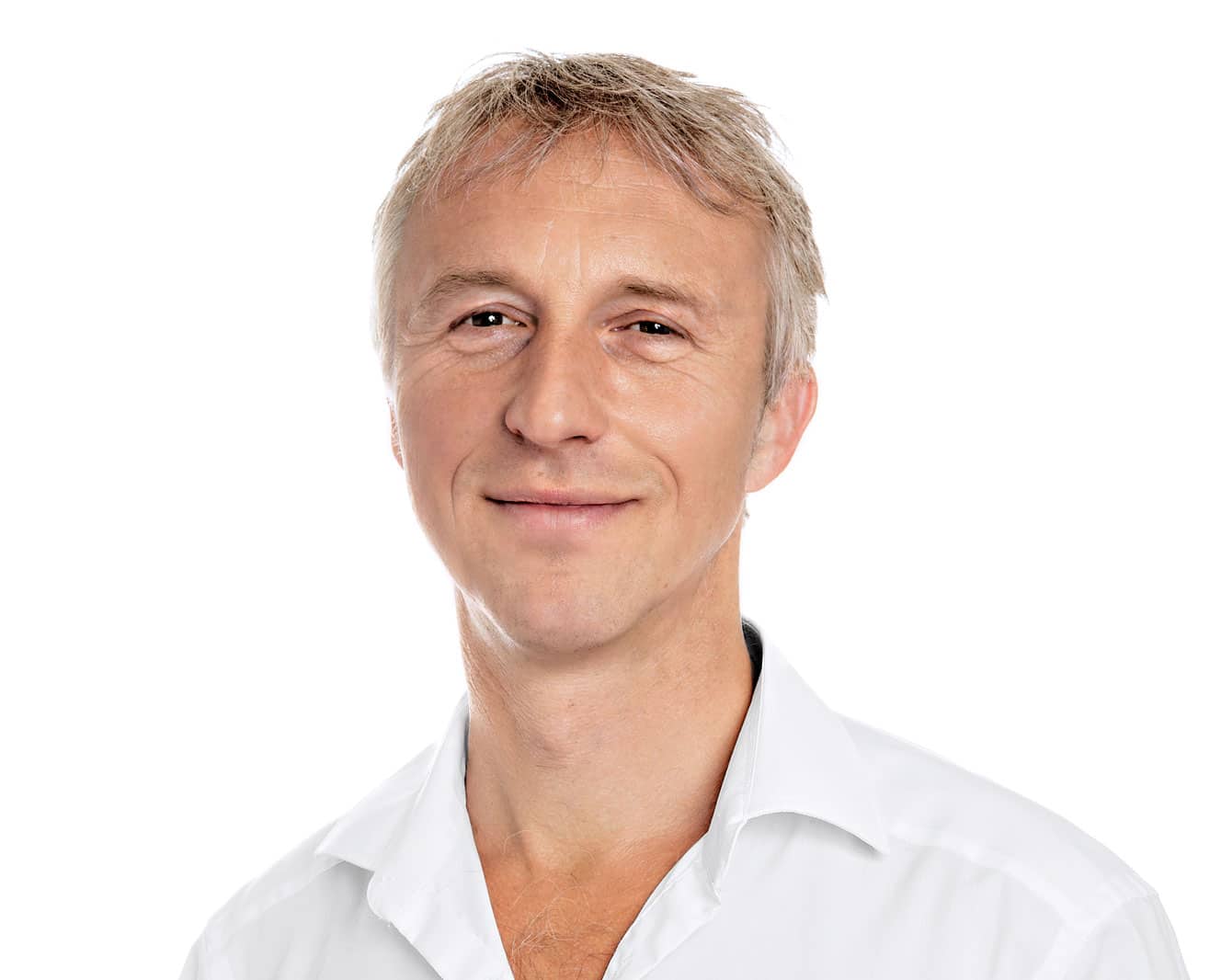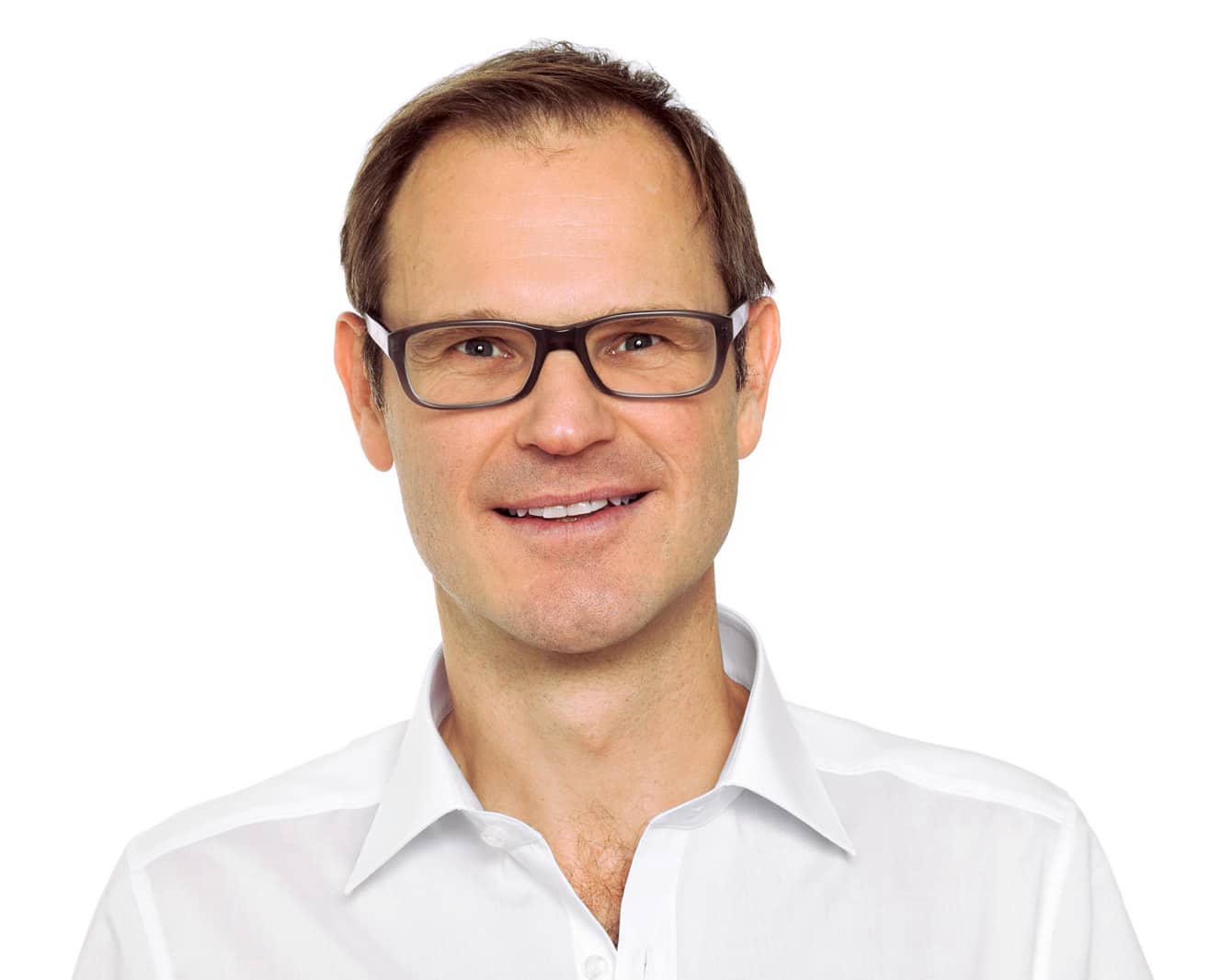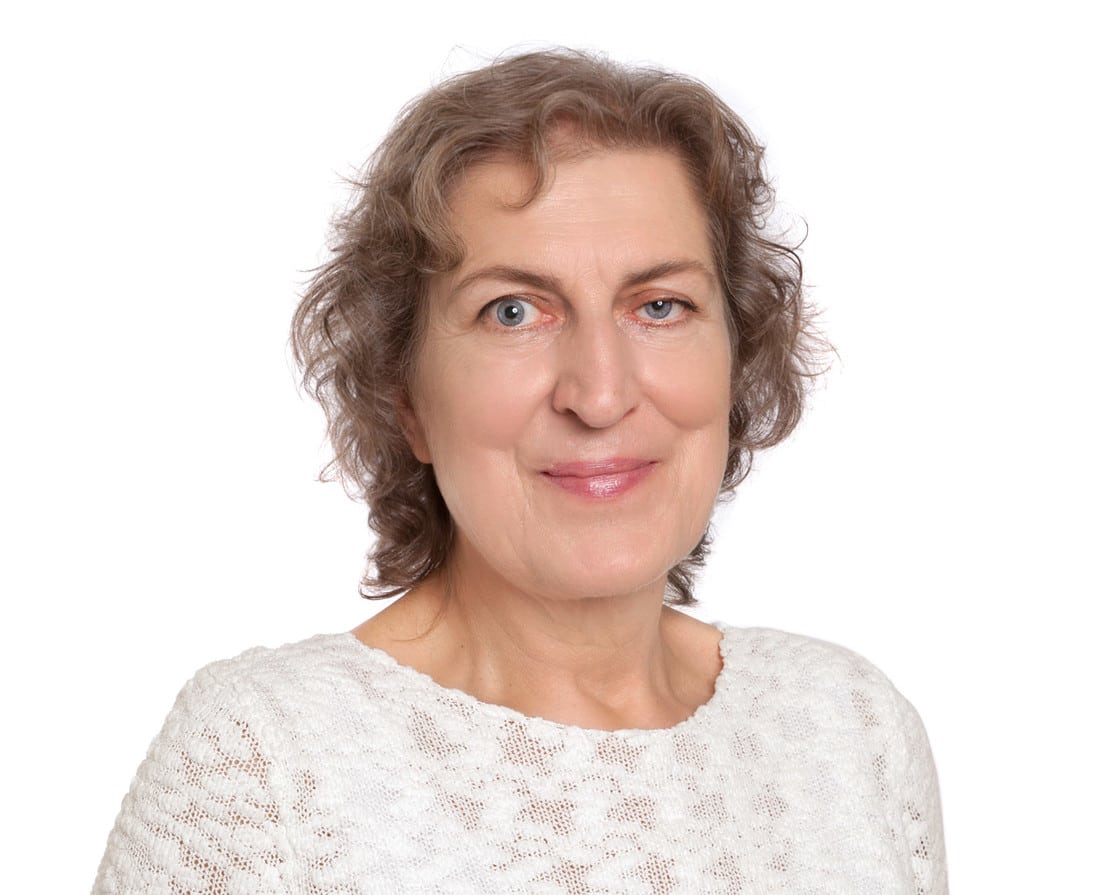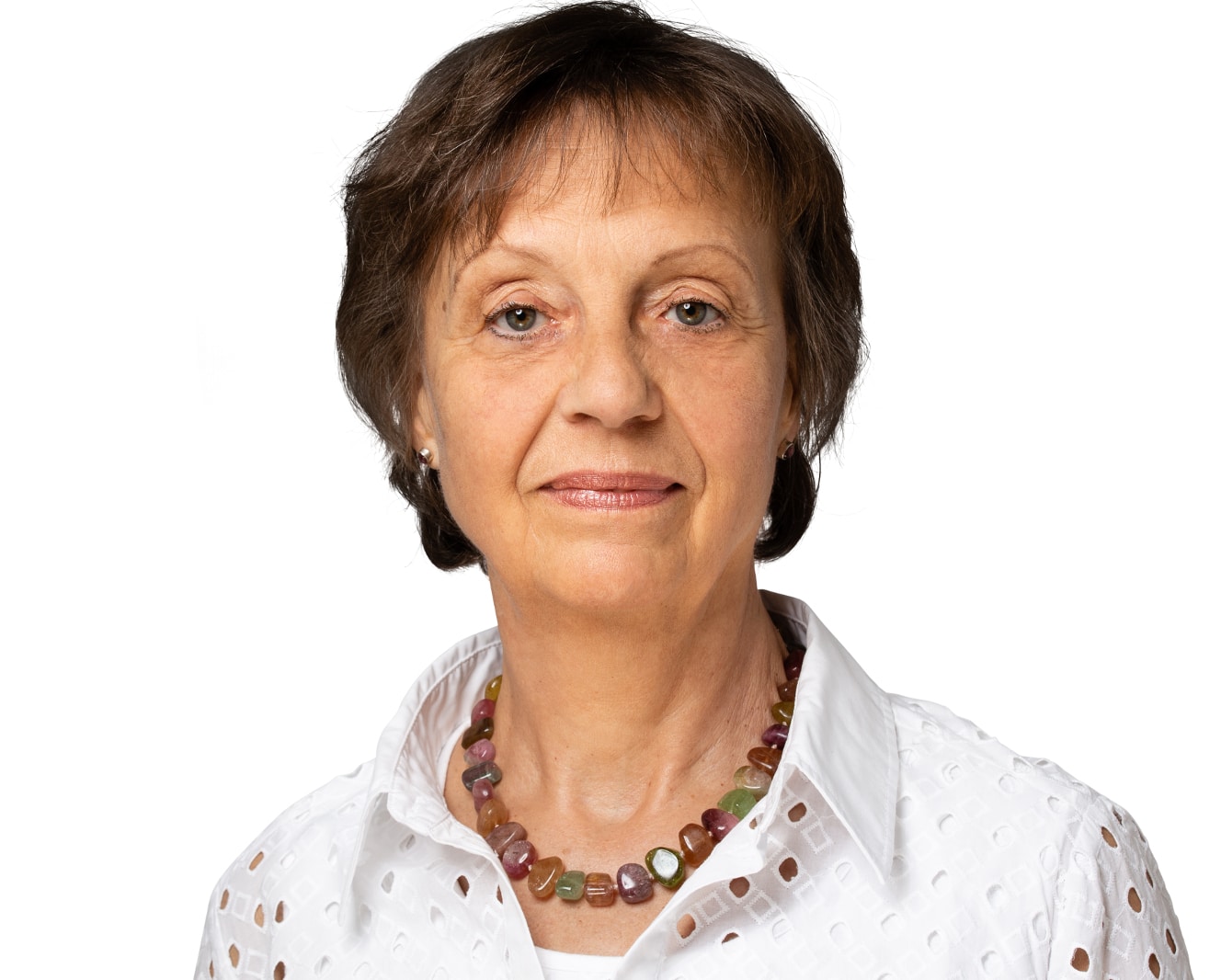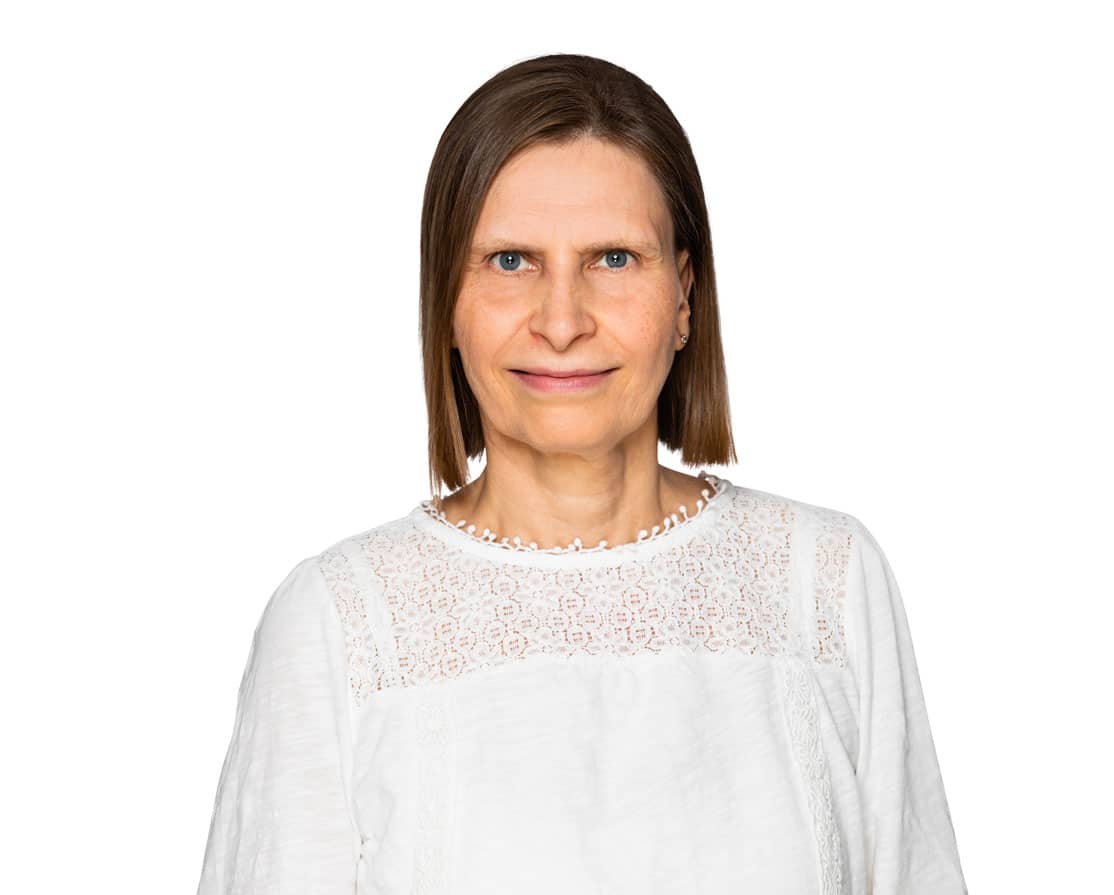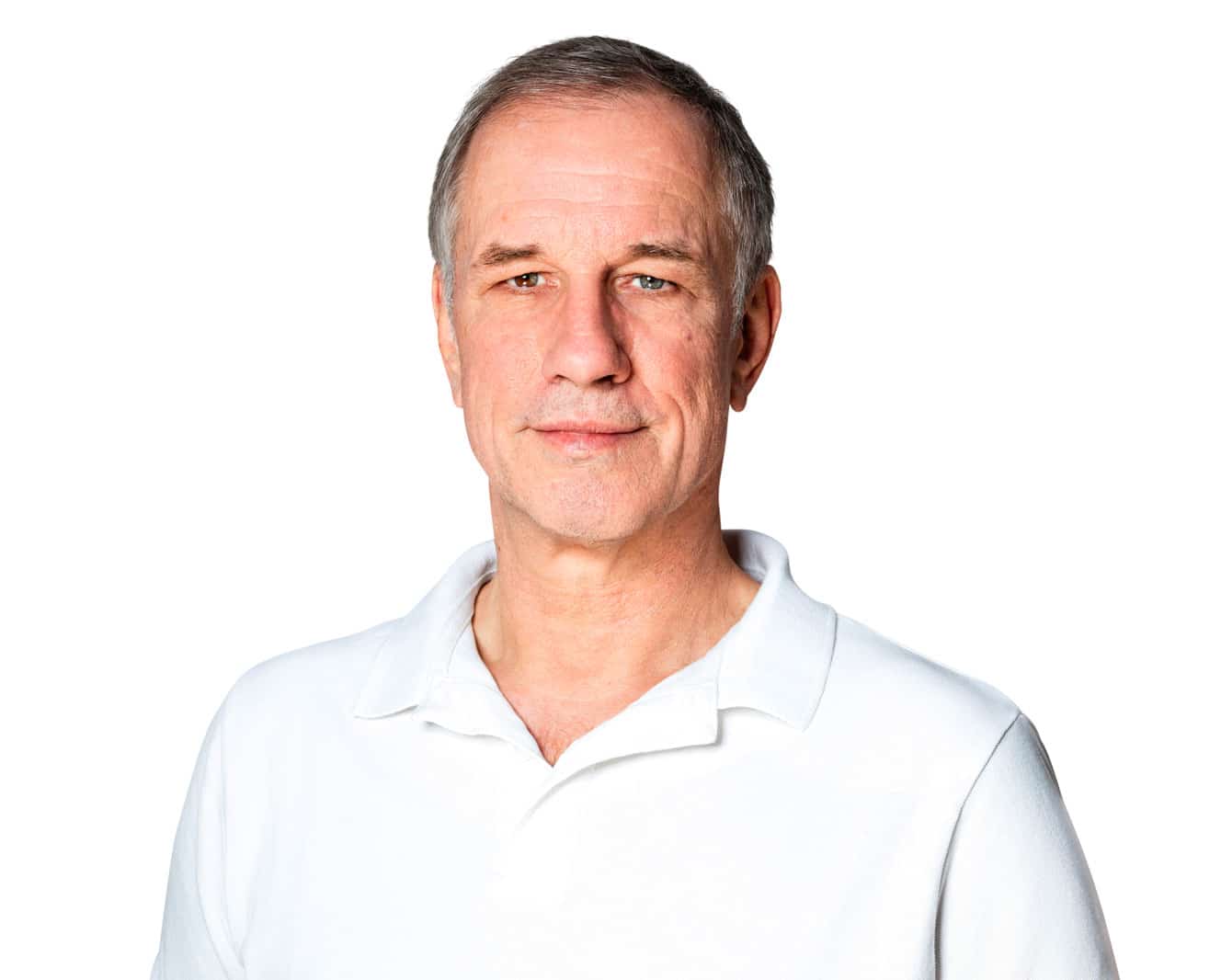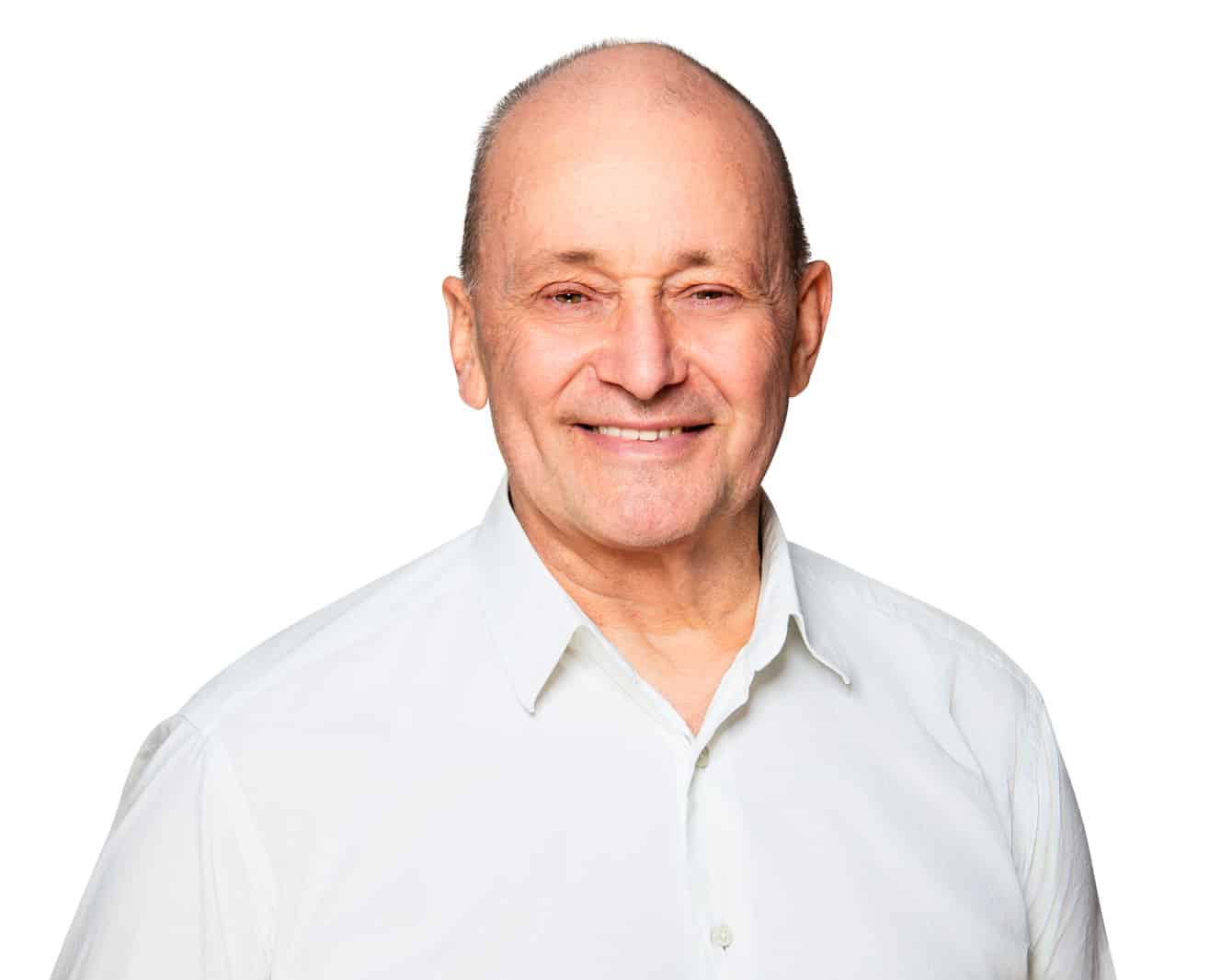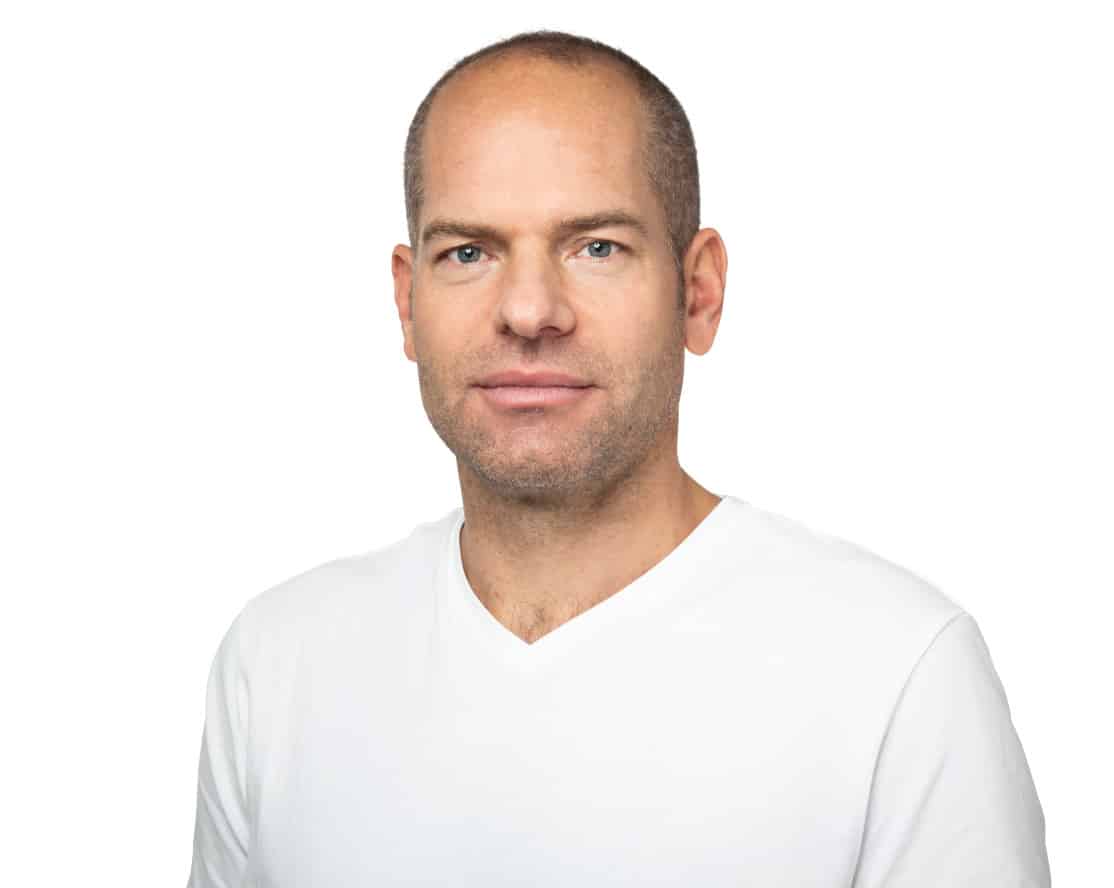Therapeutic Apheresis as an innovative and highly efficient form of plasma purification
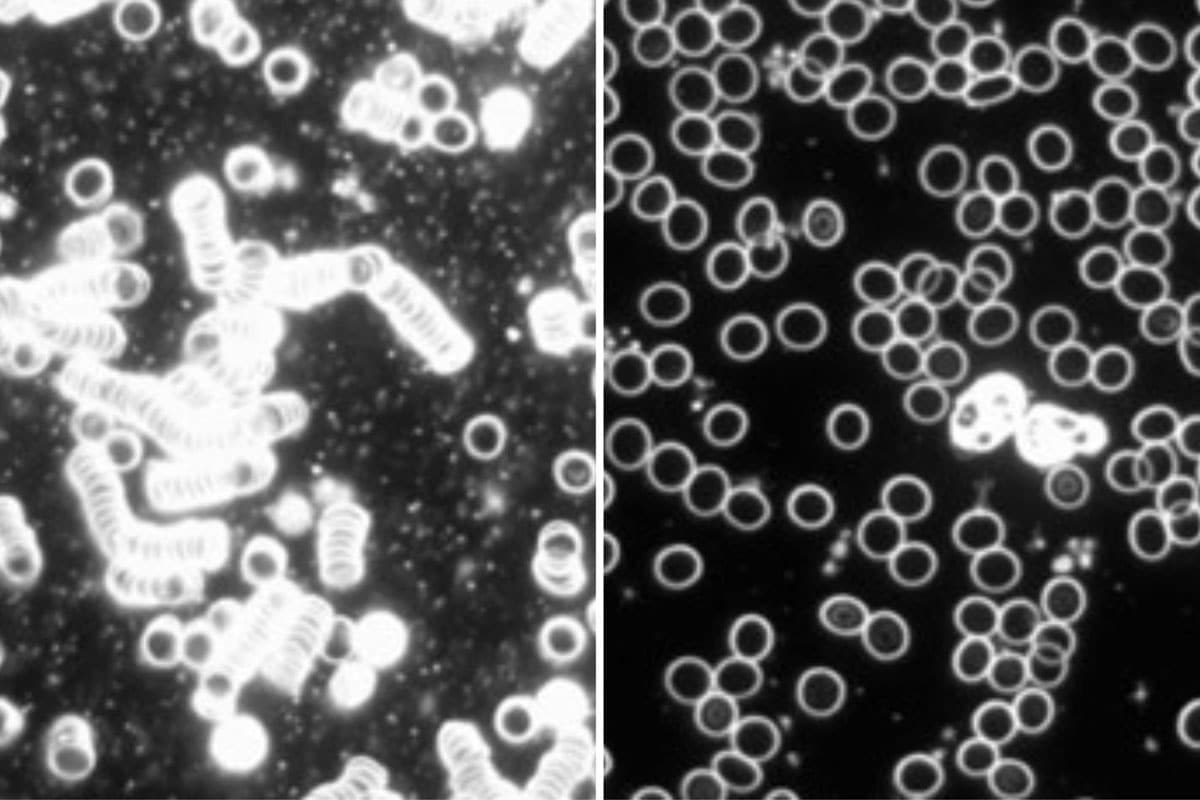
Fig.: Dark-field microscopy of a blood drop. On the left before blood washing with so-called “money roll formation”, on the right after blood washing with purified plasma and newly formed cells.
Blood washing as an innovative and highly efficient form of plasma purification
Blood washing or apheresis (from Greek apherein = to separate) is a recognized therapeutic procedure and an innovative form of plasma purification and immune modulation. Blood washing simply means what the name implies: the blood is washed and purified. Pathogenic or excess components are washed out. The procedure of blood washing has recently gained a lot of importance and awareness as a therapy option for Long Covid Syndrome or Post-Vac Syndrome.
At THERA Praxisklinik, we perform blood washing as part of an integrative treatment concept. Basically, two different procedures are used: “small” blood washing, in which about 2-3 liters of blood are filtered, and “large” blood washing, in which many times more, namely about 50-70 liters, can be filtered. Both procedures will be explained in more detail below.
This therapy is mainly used for chronic diseases, the cause of which is often unexplained or which prove to be resistant to treatment. We also regularly perform blood washing for patients with long or post-COVID symptoms or post-vac syndrome.
At THERA Praxisklinik in Berlin, we use equipment from DIAMED Medizintechnik, a company that for more than 35 years has stood for innovation, reliability and quality among university clinics, dialysis centers, hospitals and physicians in private practice.
BMG initiative Long COVID: 40 million instead of 100 million
July 12, 2023 – What’s next?
Our Federal Minister of Health has pulled out his wallet. The federal government is making about 40 million available for the further care of COVID victims. Originally, 100 million was promised. In concrete terms, this means that an information portal for patients and physicians has been launched (www.bmg-longcovid.de), an initiative for health care research has been started (to develop drugs and therapies), and a „round table“ has been set up.
Isn’t the pandemic finally over?
Many millions of people in Germany still suffer from long-covoid symptoms. In addition, there is an unreported number of people who report complaints in connection with the vaccination.
Dr. med. Carmen Scheibenbogen: „I receive daily inquiries from often desperate relatives about people who are lying at home without medical care. And care structures for these patients are virtually non-existent, not even a family doctor goes there. And we also have the problem: there are no centers for these people. And the doctors still have little knowledge of how to treat this disease….“
Source: Youtube, Zeit online, length: 1:36, click on the photo to open the video.
The information portal that has now been set up is intended to help and improve the care situation. It contains information on the current state of knowledge and research as well as a service telephone for those affected. A closer look at the site quickly reveals that the information is well bundled, clear and comprehensible. However, they tend to summarize what we all already know. And where should those affected be referred via the service telephone if there are simply no adequate contact points and responsibilities? (see quote from Dr. Scheibenbogen)
Also a drug and therapy research is in principle a good and correct thought. But when will this help arrive?
The many Long-COVID sufferers will probably have to continue to have a lot of patience. And put their hopes on waiting lists for the time being.
We are already here for you TODAY! Our holistic approach to treatment (including blood washing therapy) has proven to be very helpful in the care of Long-COVID or Post-Vac Syndrome patients. The physicians of THERA Praxisklinik have attended various advanced training courses on the subject of Long-COVID in recent years and Dr. Heinrich himself has given several lectures for specialists.
In this lecture, Dr. Ralf Heinrich discusses the treatment options for Long COVID symptoms at the THERA Praxisklinik.
What is blood washing good for?
Due to increasing exposure to environmental toxins and stressors and associated inflammatory processes, it is becoming more and more common for our body’s natural cleansing systems to become overwhelmed and need support.
Every day, our detoxification and elimination organs (such as the liver, kidneys or intestines) do great work for us without us even noticing. Our liver, for example, works 24 hours a day to ensure that as many of the pollutants we absorb as possible are broken down and eliminated. But more and more often, and not least due to our overeating, it is becoming more and more difficult for it to do its job.
If we now carry out a blood cleansing, we not only detoxify the organism in a very concrete way, but also promote reconstruction & balance of the self-regulation and the body’s own detoxification mechanisms by solving the overload.
How is the blood washed and what is filtered?
Therapeutic apheresis (from Greek apherein = to separate), colloquially also referred to as blood washing or blood purification procedures, is a method of extracorporeal, i.e. outside the body, removal of pathogenic or excess components (proteins, protein-bound substances and cells) from the patient’s blood or blood plasma. After removal of these substances, the “purified” blood is returned. These pathogens can originate from the field of metabolism, from inflammatory processes or from a wide variety of sources of environmental toxins. They can place a heavy burden on the entire organism and thus lead to a wide variety of diseases. If these toxins are removed, the metabolism, the immune system and the self-healing powers can regain a natural balance.
Which pathogenic substances can be filtered?
- Circulating immune complexes or proteins/molecules from inflammatory processes (e.g. paraproteins, infection toxins, haptens, cytokines)
- Various environmental toxins such as heavy metals, solvents or drugs
- Polluting metabolites such as cholesterols or lipoproteins
How do “small” and “large” blood washes differ?
We have been performing “small” blood washing (=Thera Mito Apheresis ®) at the THERA Praxisklinik in Berlin since around 2012. Here, the state-of-the-art membrane filtration apheresis method is used, whereby the blood is filtered and purified through special, “intelligent” molecular sieves. A total of about 2-3 liters of blood are filtered during this therapy. Blood sampling and blood return are usually performed through the arm veins via special, metal-free indwelling vein cannulas. The whole procedure takes about 4 hours and the blood flow is 60ml/minute.
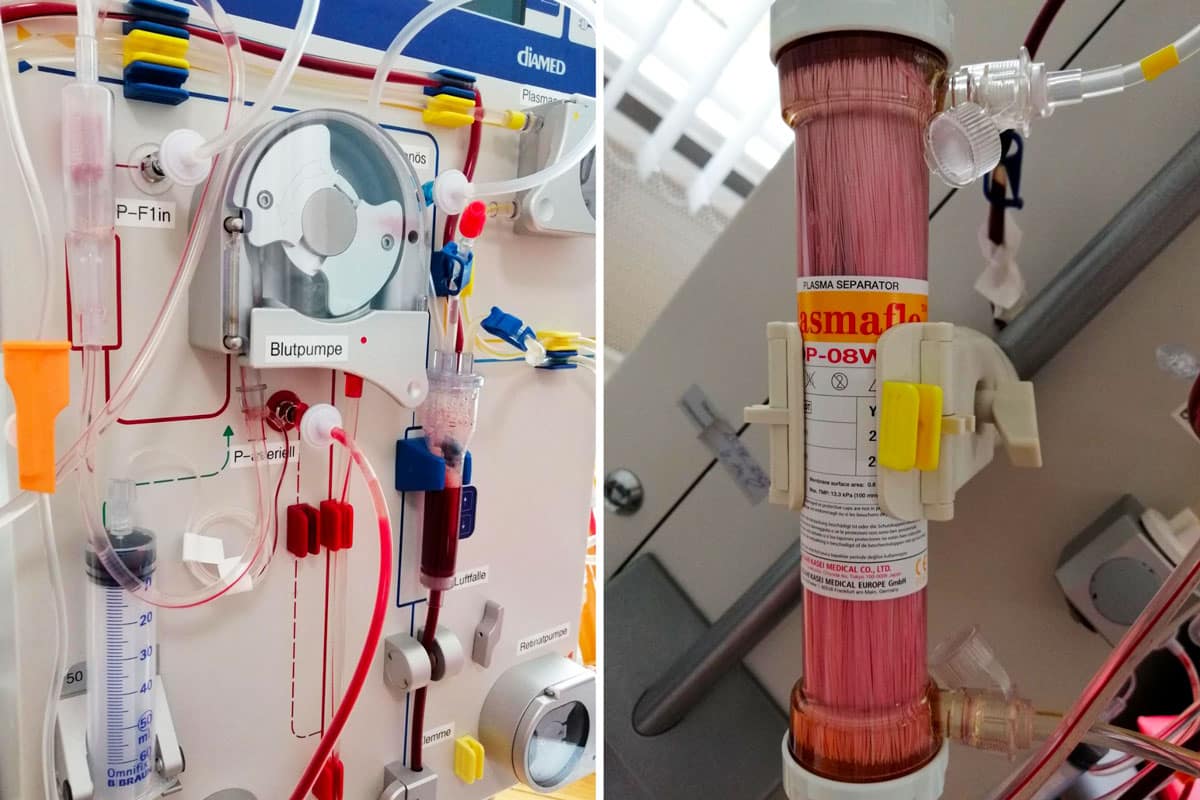
Fig.: Device setup (left) and filter system (right) in Thera Mito Apheresis ®.
Large blood wash
In “large” blood washing (=Thera Mito Hyperthermia Adsorbtion ®), on the other hand, treatment is carried out at a much higher flow rate. The blood flow is 300ml/min and is thus increased 6-fold. In addition, this method uses a new filter system (adsorber technology), which is even more effective. Tiny resin beads of various molecular sizes are used and specifically bind toxic substances from the blood. Using this technology, a surface area of 63000 m² can be achieved, which is roughly the size of 8 soccer fields.
Another special feature of this procedure is the externally generated whole-body hyperthermia, which takes place simultaneously with blood purification. This means that during the treatment the blood is heated to a temperature of 39.5 °C. The healing effect of increased body temperature has been known since ancient times and is gaining importance again today, e.g. also in cancer treatment. The most important benefits of hyperthermia treatment lie in the production of heat shock proteins, the increase in blood circulation and the antimicrobial effect.
The entire implementation of Thera Mito Hyperthermia Adsorption is about 5 hours. A special catheter is placed in the groin (femoral vein). This is low impact and hardly painful. Patients are given a mild sedative (general anesthesia is not necessary) and a team of specialists is present to ensure a complication-free procedure. We have been performing this form of blood purification in our practice premises since 2019. It enables highly efficient detoxification of all relevant inflammatory proteins as well as toxic heavy metals and chemicals, restoring oxygen and nutrient supply to all tissues. At the same time, there is no significant loss of nutritive substances: Healthy components such as electrolytes or vital substances are completely preserved.
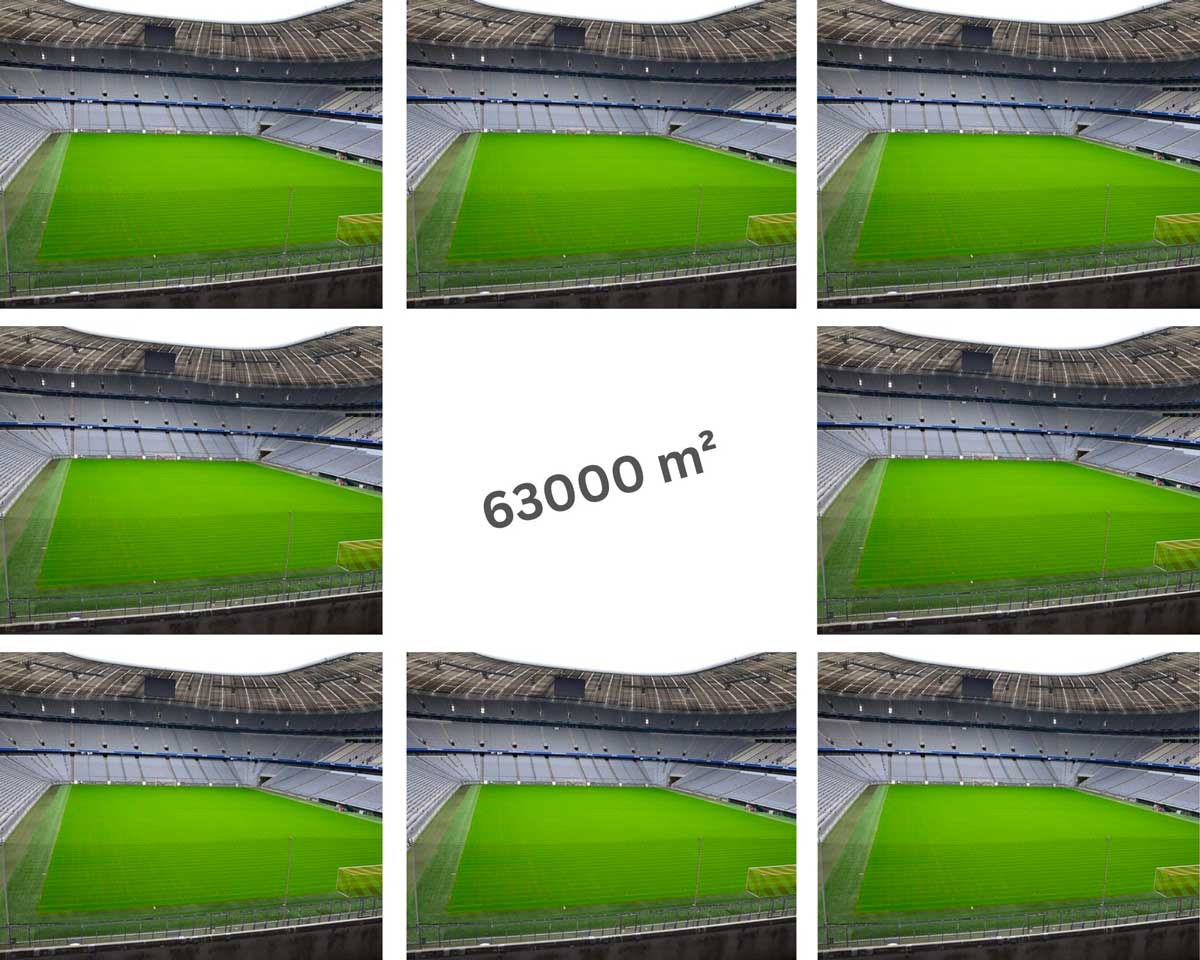
Fig.: Within the framework of Thera Mito Hyperthermia Adsorption ®, resin beads with a total surface area of 63000 m² bind pathogenic substances from the blood. This area corresponds to the size of about 8 soccer fields.
Blood washing is part of our integrative treatment concept
When we perform blood washing on our patients, this always involves appropriate pre- and post-treatment care. For example, a blood sample is taken beforehand, among other things to check the coagulation function. In addition to the blood washing, we recommend regulatory therapies such as neural therapy or autonomic posture regulation according to Norbert Fuhr to our patients. In addition, it is recommended to support the blood purification and detoxification with appropriate binding agents such as chlorella or zeolite as well as a targeted intestinal and liver treatment.
We combine the apheresis itself with principles of mitochondrial medicine and the addition of regulating and expelling substances. This results in a clearly measurable and increased effectiveness of the elimination of toxins, which we can verify in laboratory analyses. In addition, the tolerance of the therapy session is improved.
In this presentation, Dr. Ralf Heinrich discusses the treatment options for Long COVID symptoms at the THERA Praxisklinik. From 01:04:00 the Thera Mito Apheresis ® or Thera Mito Hyperthermia Adsorbtion ® is described and explained in more detail.
What is the difference between blood washing in the THERA practice and the well-known procedures such as H.E.L.P. Apheresis® or other common apheresis procedures?
H.E.L.P. Apheresis® is a very well-tested blood purification method. It was developed as early as 1985 and has since been widely used, especially in patients with lipometabolic disorders, as this procedure mainly filters out fats and certain inflammatory substances from the blood. Inflammatory substances are filtered out of the blood. This is made possible by the administration of heparin. In contrast, other common apheresis procedures use membrane filtration to filter harmful substances out of the blood. More than with H.E.L.P. Apheresis®, environmental toxins and various harmful metabolic products can also be filtered out here. This type of filtration is therefore more comprehensive. THERA Mito Apheresis ® is very similar to other common apheresis procedures, but differs in its implementation in that THERA Mito Apheresis® is subject to a holistic treatment concept (as described above). This means, for example, that the blood washing is embedded in naturopathic infusions and, among other things, the blood is additionally “oxyvenated” (=oxygenation) during the procedure.
THERA Mito Hyperthermia Adsorption® is a further development of the above-mentioned methods. Here, filtration takes place by means of small resin beads, the filter quantity is many times higher and the treatment effect is additionally increased by the supplementary application of whole-body hyperthermia.
A comparison of the different blood washing methods can be seen in the following table.
|
H.E.L.P.® Apheresis |
other common apheresis procedures |
THERA Mito Apherese® |
THERA Mito Hyperthermie-adsorption® |
|
|---|---|---|---|---|
|
Treatment duration (h) |
2-4 |
2-4 |
3-4 |
4-5 |
|
Application experience (years, approximate) – 05/23 |
40 |
20 |
12 |
4 |
|
Filter volume (liters of blood, approximate) |
2-3 |
2-3 |
2-3 |
50-70 |
|
What is filtered? -Inflammatory -Harmful proteins & harmful metabolic products2 -Environmal toxins3 |
√√ (√) – |
√ √ √ |
√ √ √√ |
√√√ √√√ √√√ |
|
Improvement of microcirculation |
(√) |
√ |
√√ |
√√√√ |
|
Detoxification |
√ |
√√ |
√√√ |
√√√√√√√√ |
|
Necessary feedthroughs |
10-20 |
3-10 |
2-6 |
1-2 |
|
Application of supporting regulatory therapies4 |
– |
-/√ |
√√√ |
√√√√ |
|
Costs |
€€ |
€€ |
€€ |
€€€€ |
| Indikation -Entgiftung5 -Nieren- oder Lebererkrankungen6 -Immunologica diseases7 -Lipid metabolism disorders8 -Desire to have children |
– √ – √√ – |
√√ √√ √√ √√ √√√ |
√√ √√ √√ √√ √√√ |
√√√√ √√√ √√√√ √√ √√√ |
A comparison of the different apheresis procedures. The values given are estimates based on research and experience, they do not represent a scientific standard or an official treatment guideline. Nevertheless, this table is intended to provide an initial overview for patients and interested parties and to bundle important information.
- Inflammatory substances and lipids: fibrinogen, lipoproteins, LDL cholesterol, etc.
- Harmful proteins: autoantibodies, infectious toxins, circulating immune complexes
- Environmental toxins: e.g. plasticizers, heavy metals such as mercury or aluminum, pesticides or industrial toxins
- Supportive regulatory therapies to increase treatment efficiency: e.g. orthomolecular or naturopathic infusions, chelation infusion to increase heavy metal
- Elimination, whole body hyperthermia, oxyvenation of the blood during the procedure (oxygenation of the blood)
- Detoxification: e.g. for fibromyalgia, Parkinson’s or dementia syndromes, multiple hypersensitivity syndrome
- Kidney or liver diseases: e.g. nephrotic syndrome or glomerulonephritis
- Immunological diseases: e.g. autoimmune diseases, Lyme disease or Long-COVID, multiple sclerosis
- Lipid metabolism disorders: e.g. familial hypercholesterolemia
Why might blood washing be useful for Long-COVID?
At THERA Praxisklinik, we specialize in the cause-oriented and holistic treatment of patients. The cause of Long-COVID has not yet been clearly clarified and understood, but there are various theories and explanatory models. It is most likely thought to be a combination of persistent inflammation, autoimmune reactions, microcirculatory disturbances, and/or reactivation of previous viral diseases.
The aim of blood washing is to remove pathogenic components from the blood and thereby also to improve microcirculation. We can regularly observe this therapeutic effect of improved microcirculation in our patients by performing dark field microscopy before and after treatment (see pictures above).
Why does blood washing potentially improve microcirculation?
“Microcirculation” is a term for how well the smallest blood vessels in our body are perfused. These smallest vessels are present in nearly all body tissues, and what’s important to know is that this is where the supply of oxygen and nutrients to organs takes place, as well as detoxification and the exchange of waste products. And this means that good microcirculation is essential for the optimal functioning of organs and tissues.
This microcirculation can be improved in the course of blood washing, because pathogenic and thus superfluous components are removed from the blood and the blood flow is improved. In addition, as already described above, the body’s own detoxification organs are relieved. By removing inflammatory factors and pathogenic proteins or auto-antibodies, inflammatory events are reduced and the immune system is relieved. The removal of all these toxins is therefore not only a “cleansing” and quantitative reduction of harmful substances, it is also a relief for the body’s own regulatory systems.
Controversial use of blood washing and critical opinions
In principle, the procedure of therapeutic apheresis has been approved for several diseases for decades, has been practically tested and its efficacy has been scientifically proven. With the newly emerged Long-COVID or Post-Vac issue, we were and are now faced with a situation in which there are quite simply no studies that could prove or disprove a positive effect of blood washing for these patients.
This is also the biggest criticism regarding the use of bloodwashing in long-covid: there is no established evidence of efficacy. In this case, the patient must therefore opt for a therapy that he pays for himself, without being able to obtain a scientifically based assessment in advance of the probability that the treatment will be helpful for him or not.
The medical guideline for the treatment of long covid and also the German Society for Nephrology are currently against a general blood washing procedure for long covid patients for the above reasons (status 06/23).
FAQ
Does the blood wash also wash out medication that I am currently taking?
Yes, in principle medication can also be removed from the blood. This can lead to a temporary reduction in the concentration of medication in the blood and thus influence the effectiveness of the medication. If you are taking medication, your doctor will discuss any necessary dosage adjustments with you in advance.
Does blood washing also filter out “good” substances, such as minerals or useful antibodies?
Electrolytes and vital substances are retained as far as possible. Nevertheless, we check and monitor your micronutrient status before and after the treatment to prevent potential deficiencies.
How much recovery time do I need after the treatment?
The recovery time may vary depending on the individual state of health. In any case, we recommend allowing sufficient rest time after the treatment. In our experience, most patients are in the same general condition after the “small” blood wash (THERA Mito Apheresis®) and can go about their normal daily lives the next day.
With the “large” blood wash, the externally induced fever can lead to temporary tiredness and fatigue. Patients experience this in very different ways – a rapid increase in performance is also frequently reported.
What do I need to consider before starting treatment?
Your attending physician will discuss the entire procedure with you before the blood wash is carried out and you will be informed in detail. Please be sure to inform your doctor of any medication you are taking and any known allergies or intolerances.
What do I need to consider after the blood wash?
- Allow sufficient rest time
- Drink plenty of fluids
- Make an appointment for a blood test after 14 days
- A regulating therapy concept should be continued consistently
- No heavy lifting or sport on the same day after groin puncture
How often does blood washing have to be performed?
On average, we carry out minor blood washing on our patients around 2-6 times. In the case of major dialysis, 1-2 treatments are usually sufficient. However, the number of treatments can vary greatly depending on the patient and their illness.
Is the procedure painful or unpleasant?
Therapeutic apheresis is a painless procedure. At the beginning of the treatment, an indwelling cannula is placed in the crook of your arm by means of venipuncture. In the case of large blood washing, the inguinal vein is also punctured (under local anesthesia).
During the treatment, you will sit in a comfortable position or lie in a treatment bed in the case of major blood washing. Occasionally, you may experience (unpleasant) sensations such as cold/warmth, nausea, circulatory fluctuations or dizziness during the procedure.
Are other common apheresis procedures part of blood washing in the THERA practice?
Other common apheresis procedures and THERA Mito Apheresis® are very similar. Pathogenic substances are filtered out of the blood to a very similar extent using membrane filtration. THERA Mito Hyperthermia Adsorption®, on the other hand, is a further development of these two methods (see table above). Among other things, the efficiency of the treatment is increased many times over through the simultaneous application of whole-body hyperthermia.
Who receives blood transfusion: For which diseases we use blood transfusion for you
According to the state of medical knowledge, evidence-based medicine (EBM), the German Apheresis Standard of the Arbeitsgemeinschaft Klinische Nephrologie e.V. and other international apheresis societies, many scientific findings have been compiled in studies and case collections in order to define areas of application.
Reliable data is available for the following diseases:
- Altersbedingte Makuladegeneration – trockene Verlaufsform
- Amyotrophe Lateralsklerose (ALS)
- Chronisch inflammatorische demyelinisierende Polyneuropathie (CIDP)
- Colitis ulcerosa-Versagen der Chemotherapie und/oder drohende operative Darmentfernung
- Diabetisches Fuß-Syndrom mit drohender Amputation der Gliedmaßen bei Versagen der konservativen und konventionellen chirurgischen Therapie
- Dilatative Kardiomyopathie –positiver Nachweis auf Betarezeptor-Antikörper
- Eaton-Lambert-Syndrom (tumorassoziierte Nervenstörung)
- Encephalitis disseminata (multiple Sklerose) – Versagen der Interleukin-Alpha-Therapie bzw. Antikörperbildung gegen therapeutisches Interleukin mit progressivem Verlauf
- Familiäre heterozygote Hypercholesterinämie mit Versagen / NW der konservativen Therapie und / oder vorzeitiger und progressiver Arteriosklerose / Herzinfarkt / Schlaganfall /Befall der Nierengefäße
- Familiäre homozygote Hypercholesterinämie
- Fokal-sklerosierende Glomerulonephritis der Eigennieren oder nach Nierentransplantation mit nephrotischem Syndrom und / oder schwerer Hypertriglyceridämie mit Versagen der Chemotherapie / Cholesterinsynthesehemmer-Therapie und rascher Zunahme der Niereninsuffizienz (Funktionsverlust der Nieren)
- Glomerulonephritis (entzündliche Nierenerkrankungen), pathogenetisch geleitet – Versagen und / oder schwere Nebenwirkungen der Chemotherapie
- Guillain-Barré-Syndrom – chronische Verlaufsform / akute Verlaufsform
- Hämophilie (Bluterkrankheit) bei Nachweis von Antikörpern gegen Faktor-V
- Hemmkörperhämophilie (Blutungsneigung) bei Faktor-V-Antikörpernachweis
- HLA-Sensibilisierung bei Nierentransplantation
- IgM-assoziierte Polyneuropathie (tumorassoziierte Nervenstörung)
- Isolierte familiäre Lp(a)-Hyperlipoproteinämie mit vorzeitiger Arteriosklerose / Herzinfarkt / Schlaganfall / Befall der Nierengefäße / inoperabler arterieller Verschlusskrankheit der Beine
- Kryoglobulinämische Vasculitis (autoimmunbedingte Gefäßentzündung durch Kälte-Eiweiße)
- Lineare IgA-Dermatose
- Lupus erythematodes bei Versagen / schweren Nebenwirkungen der Chemotherapie
- Lupus erythematodes mit progressivem Nierenbefall (Glomerulonephritis)
- Makuladegeneration (Erwachsenenverlaufsform) – trockene Verlaufsform
- Morbus Behçet – Versagen und / oder schwere Nebenwirkungen der Chemotherapie
- Morbus Raynaud – Versagen der konservativen Therapie
- Morbus Refsum (Speicherkrankheit)
- Multiple Sklerose (siehe auch Encephalitis disseminata)
- Nekrobiotische Xanthogranulomatose (mit Paraprotein)
- Nephrotisches Syndrom bei entzündlichen Nierenerkrankungen (Glomerulonephritis), pathogenetisch geleitet – Versagen und / oder schwere Nebenwirkungen der Chemotherapie
- Pemphigus foliaceus – Versagen und / oder schwere Nebenwirkungen der Chemotherapie
- Pemphigus vulgaris – Versagen und / oder schwere Nebenwirkungen der Chemotherapie
- Periphere arterielle Verschlusskrankheit, pathogenetisch geleitet – Versagen der konservativen und konventionellen chirurgischen Therapieoptionen und drohender Gliedmaßenverlust
- Polymyositis – Versagen und / oder schwere Nebenwirkungen der Chemotherapie
- Retinopathia pigmentosa bei Morbus Refsum
- Rheumatoide Arthritis – bei Versagen der Chemotherapie und extremer Progression
- Sklerodermie, progressiv systemisch mit Nierenbefall (Glomerulonephritis)
- Skleromyxödem Arndt-Gottron mit Nierenbefall und Nachweis von Paraprotein – Versagen und / oder schwere Nebenwirkungen der Chemotherapie
- Stiff-Man-Syndrom
- Thrombangiitis obliterans (Alternativ zur Amputation)
- Transplantatvasculopathie nach Herztransplantation
- Xanthogranulomatose (nekrobiotisch) mit Paraprotein
Weitere mögliche Einsatzgebiete
Weitere mögliche Einsatzgebiete sind als Heil- und Behandlungsversuche (im Sinne der Ultima Ratio) zu verstehen:
- Alzheimer-Demenzsyndrom
- Aerotoxisches Syndrom
- Belastungen mit Schwermetallen, Lösemitteln und anderen Umweltgiften, die zu schweren Krankheitsbildern aus dem Bereich der Autoimmunkrankheiten und / oder Nervenkrankheiten und / oder Hautkrankheiten führen (z.B. aerotoxisches Syndrom, Fibromyalgie, blasenbildende Hautkrankheiten, toxische Nervenschäden, Nierenschäden, MCS, CFS, Ciguateravergiftung, Parkinson und Demenz-Syndrome)
- Borreliose als Spätborreliose mit schweren Krankheitsverläufen, die konservativ nicht mehr beherrschbar sind (CFS / Guillain-Barré-Syndrom refraktär auf Immunglobulintherapie / schwere therapierefraktäre Autoimmunerkrankungen wie Rheuma, Systemkollagenosen, Lupuskrankheiten, Cardiomyopathien auf der Basis nachgewiesener Autoantikörper gegen das Herz bei Borreliosekrankheit)
- Chronisches Müdigkeitssyndrom (CFS = chronic fatigue syndrome)
- Chronische Hepatitis C
- Fibromyalgie-Syndrom
- Hypertonie (Bluthochdruck), arteriell, positiver Nachweis auf alpha-1- und / oder Angiotensin-1-Antikörper – keine oder nur schwere Behandelbarkeit mit herkömmlicher Pharmakotherapie
- Hyperbilirubinämien bei schweren angeborenen Stoffwechselerkrankungen der Leber mit drohender Gehirnschädigung
- Multiples Chemikalien Hypersensitivitätssyndrom (MCS)
- Multiple Sklerose (nach der Studienlage der Kanadisch-Amerikanischen Apheresegesellschaft)
Entdecken Sie mehr auf:
What can I do if I am interested in blood washing?
If you would like to find out whether you are suitable for blood washing therapy or whether the procedure could be a sensible therapy option for you, please contact us in confidence. We will be happy to answer your questions. You also have the option of making an appointment for a 10-minute initial consultation with one of our doctors.
Your contact persons
Contact and appointment possible at any time
Do one or more of the above points apply to you and would you like to do something for your health? Are you curious? Please feel free to contact us by phone to make an appointment.
You can reach us according to our opening hours at tel. 030 79016533. We look forward to your call or message.


